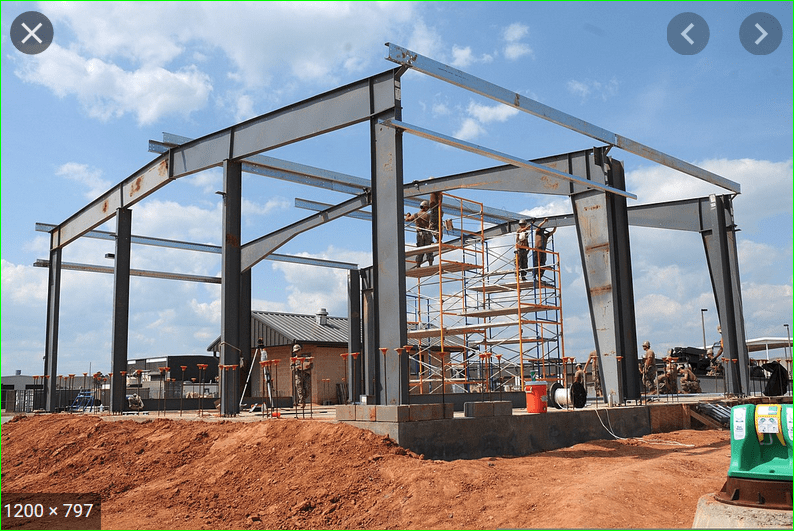I am a new on metal building design and want to know followings:
1. The rafter is often connected to top of column.
2. The purlin is rigidly connected to rafter.
3. How will the concentrated load on top be transferred to roof diaphragm? by rotation of rafter? how to check the strength of rafter?
1. The rafter is often connected to top of column.
2. The purlin is rigidly connected to rafter.
3. How will the concentrated load on top be transferred to roof diaphragm? by rotation of rafter? how to check the strength of rafter?

